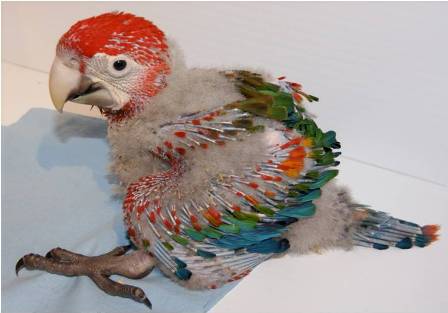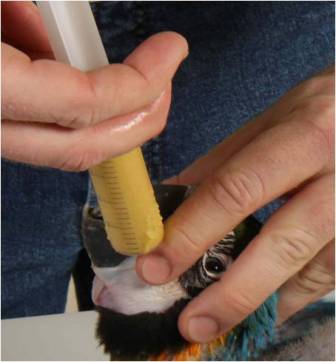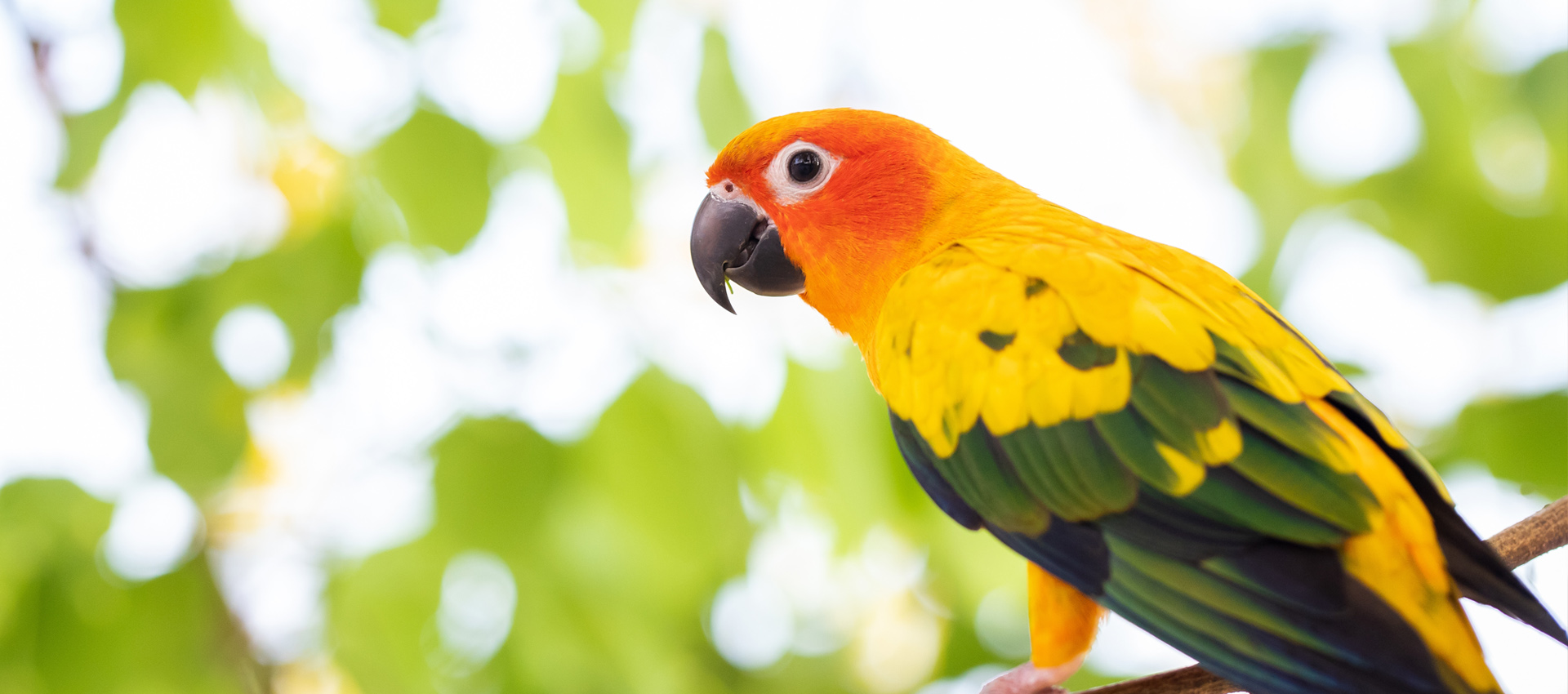Your cart is currently empty!

HARI Official Brand Site

Nutritional guidance is approached with a different attitude and strategy at this stage of the chick’s life.
Nutritional guidance is approached with a different attitude and strategy at this stage of the chick’s life. It’s imperative for the chick’s long term digestive health to keep the crop motility in good shape, gradually encourage natural crop regression in sync with the pre-fledgling’s physical alterations. Nutritious and familiar flavours satisfy his natural tendencies for elementary foraging behavior. The pre-fledged chick will seek the human caretaker’s mentoring ability to guide him as he advances throughout the education process.
If the chick is transferring from the care of his natural parents, this stage is also an introduction to the first real look at his new caretaker; therefore, the lesson of trust with this human caretaker begins!

Trust between a bird and human is powerful. One would assume that because the chick is seeing the human as a source for food, the trust issue is automatic.
For the most part, that might be true, but to further enhance and build on future lessons, the avian caretaker or nursery manager should always reinforce the relationship with calm actions, soft words of encouragement and gentle mentoring.
This chick, as he advances throughout the education process, will seek the human caretaker’s mentoring ability to guide him into his final stages of the Early Parrot Education.
The chick is out of the dark confines of his nest box and is now placed in a new environment-a chick pen. To aid in the transition from the nest box and reduce stress, the chick pen, which can be a small animal pen or a container with high sides, should be covered with a lightweight blanket for most of the time. The chick pen should also have a good clean substrate that is dust free and absorbent for him to nestle. At HARI, we use a substrate made of aspen and cat litter made with recycled newspaper as this combination has proven to be dust free, absorbable, as well as comfortable for the chicks.
The caretaker will monitor the chick’s daily growth and record weight data on the Chick Weaning Chart. This daily measurement is crucial to caretaker as the growth pattern will indicate the advancements to the next stage. It should be said that negative growth patterns will also indicate a possible medical or nutritional problem. If such is the case, the nursery caretaker can be more proactive in making corrective changes. Sometimes it’s awkward to manage a chick and gram scale, especially when it comes to a heavy bodied species such as a macaw. However, we want to stress the importance of this routine of daily weighing as it will be part of this chick’s everyday routine in the nursery and hopefully, throughout his life as companion bird.

As the nursery caretaker performs a daily head to toe health check with desensitization methods, the chick will quickly learn that a little light used to check his choanal papillae and a touch to areas normally considered off limits in older parrots such as under the wing and foot inspection, will be ok. This mastered lesson will be most valuable throughout the chick’s life regardless of who is checking, as this inspection will give indication of nutrient assimilation and provide an opportunity for general health check by his future avian caretaker. Parrot owners are encouraged to check these areas of their adult pets or breeders as these areas that can signify necessary changes in the bird’s lifestyle.
Pin feathers & Towel Desensitization go hand in hand! The importance of desensitizing the chick to a towel is to get the bird accustomed to the future lesson of cradling as this too will become a part of his lessons as he progresses through his primary education process. It will be expected that sometime during this bird’s life, he will have to be toweled. Birds that are not accustomed to towel cradling, are stressed unnecessarily more so in the event of an emergency such as a broken blood feather or even a simple veterinarian exam. And, stressed birds also show a much higher white blood cell count, which could be misinterpreted in diagnostic procedure.
Nutritional guidance will be constant in the EPE and Weaning Program to benefit the chick as he continues to develop physically as well as serve his cognitive growth. He has much to learn in the next few weeks and a nutritionally deprived chick will be unable to focus on his upcoming lessons. In comparison to his wild bird counterpart, it’s the same course of action when a parent bird brings food to the nest. The particular food brought to the chick becomes a familiar flavor to him and he will learn by familiarity that once he leaves the nest, this is the food that is safe and OK to eat. It would without argument, be detrimental to his survivorship if the parent bird began these lessons after the chick leaves the nest and starts to an independent search of his own. This is a lesson in nutrition that stays with the chick for his lifetime… knowing what food is good for him to eat.

Often we see chicks at this age strictly on a 3 or 4 times- a- day feeding by a syringe. The chicks are whiny and they often display lunging or aggressive behavior when the nursery caretaker appears with a syringe full of hand feeding formula. Additionally, they are also often difficult to wean due to prolonged periods of overextended crops from being fed huge amounts of hand feeding formula. Well, those problems could all be avoided if the nutritional guidance were approached with a different attitude and strategy implemented at this stage of the chick’s life.
The crop, once fully extended by volumes of food, will soon downsize a bit. It’s imperative for the chick’s long term digestive health to keep the crop motility in good shape. This can be achieved with assisted feeding strategies with softened extruded diet morsels mixed with the hand feeding formula on a spoon as well as a the placement of shallow dish with moistened extruded diet in the chick pen. The idea behind this implementation is not to start forcing the chick to eat on his own, but to play into his natural instincts of picking up and mouthing objects within his reach, which, at this age, might otherwise be the substrate. It is better to provide nutritious and familiar flavor to satisfy his natural tendencies for foraging behavior.
To learn more about the Introductory stage of the Early Parrot Education program and the techniques to use, we encourage you to review the slide presentation below.
Comprehensive and easy to follow, HARI’s EPE Program is available on 10 DVDs and comes with supporting documents including forms and charts (all provided on a CD), as well as complimentary reading material. The cost is only $70.00 for the complete program and supporting materials.
To order HARI’s EPE Program: Canada (international orders) order here, USA order here.

Take advantage of our resource hub, which provides a variety of quick links to aid you in your research endeavors.